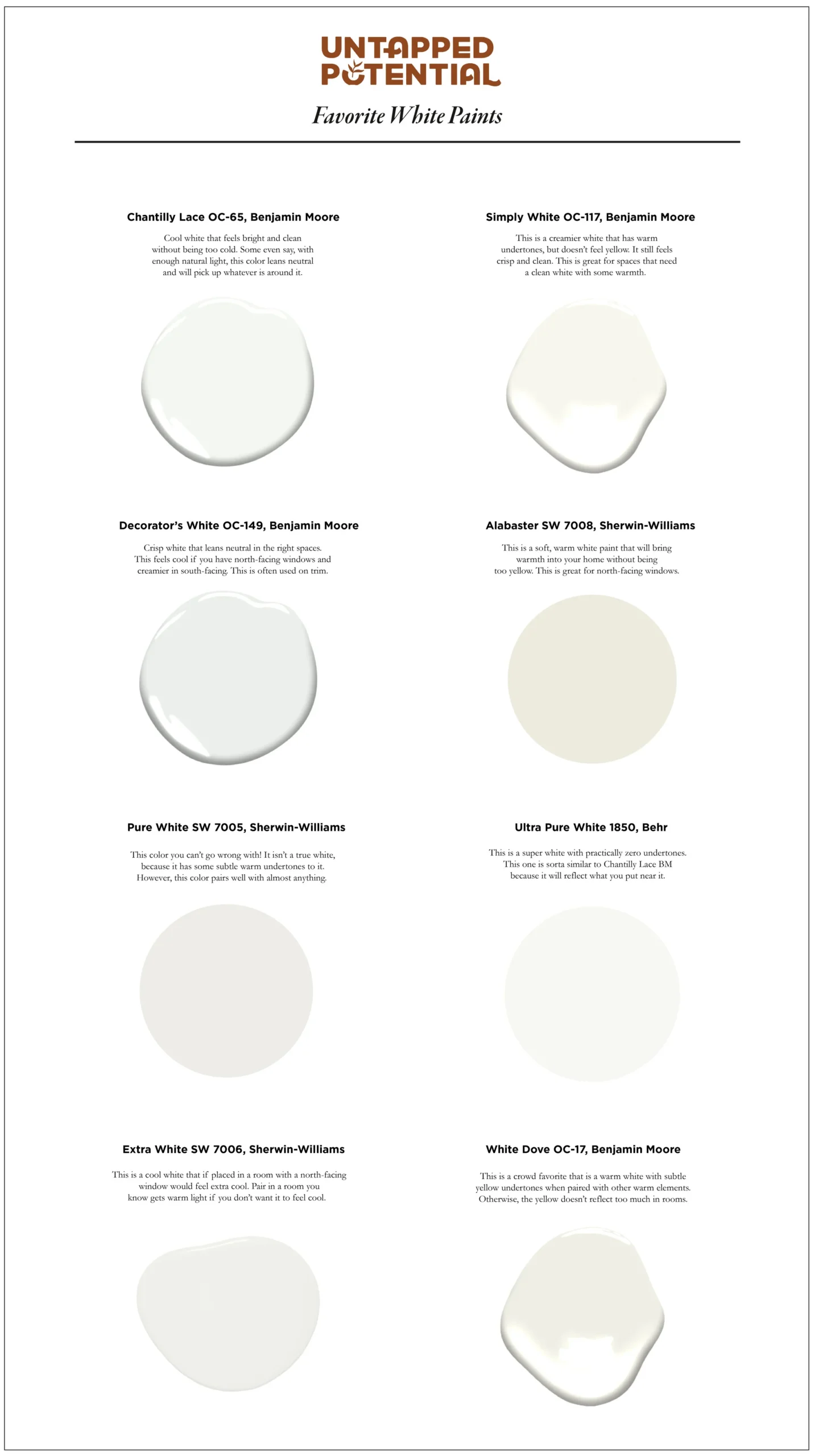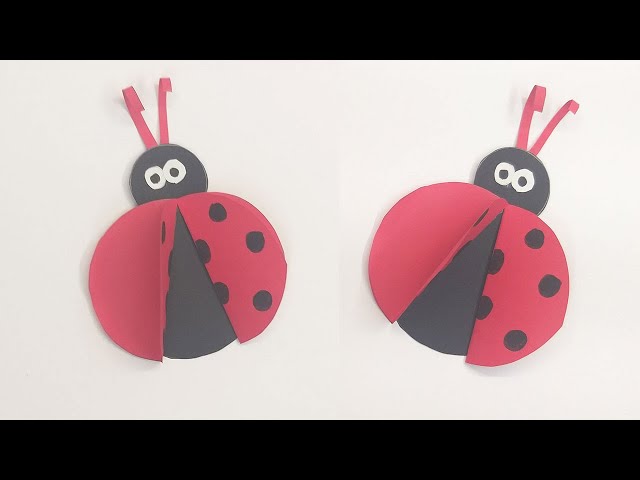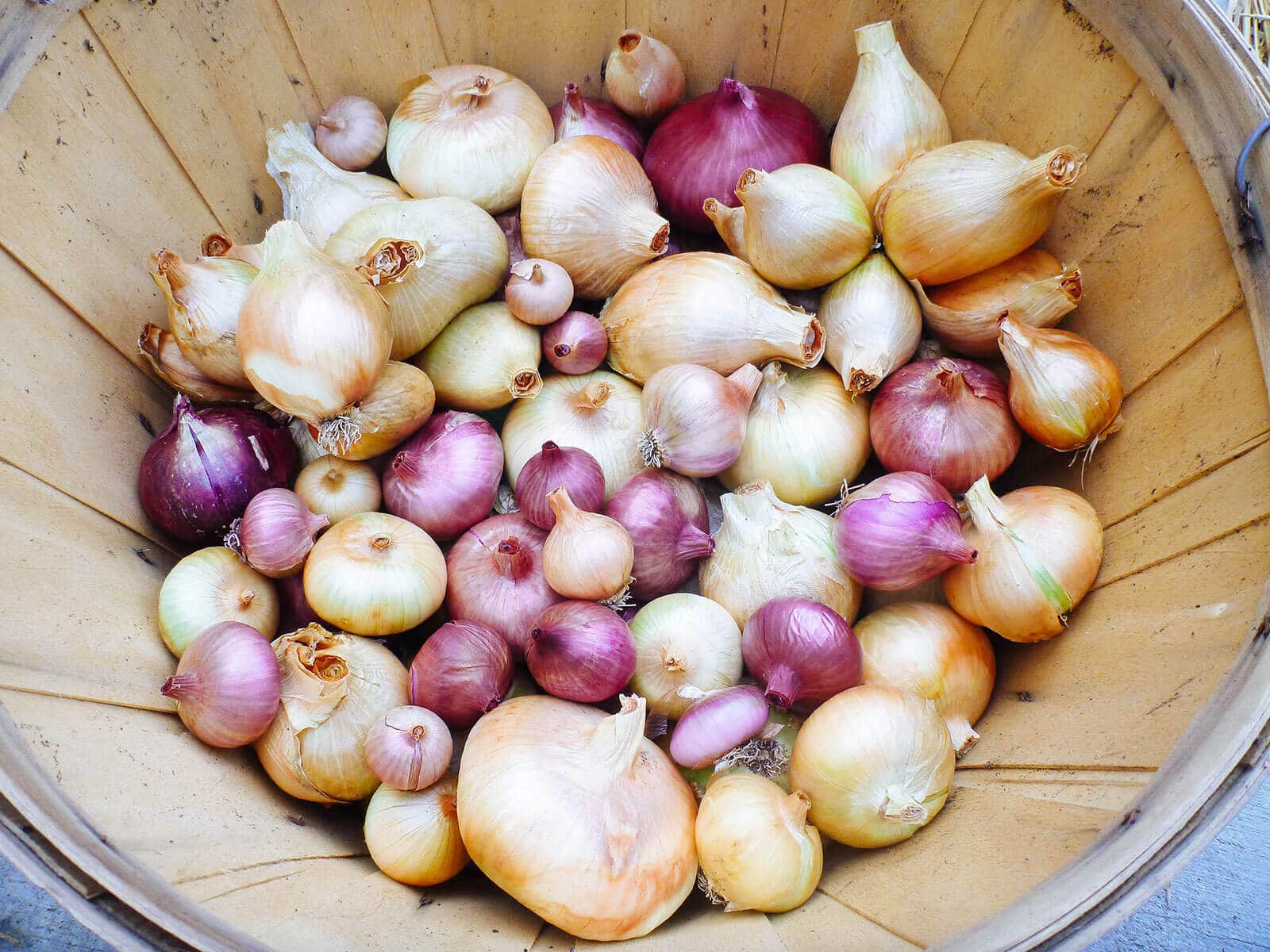Have you ever noticed a fluffy white substance on the soil of your indoor plants or garden? You might be wondering, “What’s that white mold in my soil?!” It’s a common question for gardeners and houseplant enthusiasts alike. The white substance you’re seeing could be saprophytic fungi—a type of mold that feeds on organic matter within the soil, playing a crucial role in the decomposition process.
While the presence of white mold may raise some concerns, it’s important to understand that it’s often a natural and beneficial part of the soil’s ecosystem. However, certain conditions can cause mold levels to become problematic, potentially affecting plant health. Let’s delve into the specifics of white mold in soil, its causes, and the best ways to manage it.
How to identify white mold in my soil?
Identifying white mold in your soil is the first step towards understanding it. White mold often appears as a cotton-like growth and can sometimes be mistaken for a dusting of fertilizer or a light fungus. It’s typically found on the surface of the soil or around the base of a plant. A closer look will reveal a web-like structure, formed by the mycelium of the mold spreading through the soil.
It’s important to distinguish between harmful mold and the harmless saprophytic variety. White mold is often benign, but if you notice discoloration or damage to the plant itself, it could be a sign of a more serious issue. The texture and smell of the mold can also provide clues; saprophytic mold doesn’t have a strong odor and is fluffy or powdery to the touch.
When you’re trying to identify white mold, be sure to check for signs of excessive moisture, as this is a common contributing factor to mold growth. Improper drainage or overwatering can create the damp conditions mold thrives in.
What causes white mold to grow in garden soil?
Several factors contribute to the growth of white mold in garden soil. Poor aeration, excess moisture, and a lack of sunlight create an ideal environment for mold to develop.
Overwatering is one of the most common reasons for mold growth. When soil doesn’t have a chance to dry out between watering sessions, it becomes a breeding ground for mold. Dense, moisture-retentive soil can exacerbate this issue by holding water for longer periods.
Another cause is the accumulation of organic matter on the soil surface, such as fallen leaves or dead plant material. While this organic matter is beneficial in moderation, an excess can lead to mold growth as it breaks down.
Lastly, using organic fertilizers without proper mixing into the soil can lead to mold. These fertilizers often contain organic components that, if left on the surface, become food for the mold.
Is white mold on soil harmful to my plants?
The impact of white mold on plants is a common concern. Generally, white mold is not harmful to plants, as it feeds on dead organic material rather than living plant tissue. However, it can be an indicator of other problems that may affect your plants.
For instance, the conditions that favor mold growth, such as high moisture, can also lead to root rot or other fungal diseases, which are detrimental to plant health. Overwatering that causes mold can suffocate plant roots, preventing them from accessing the air they need to function.
Additionally, the presence of mold may signal that soil conditions are not ideal for your plants. It could suggest that the soil is too dense or that there is a lack of beneficial organisms like earthworms and microbes that help keep the soil healthy.
How to get rid of white mold on houseplant soil?
If you discover white mold on your houseplant’s soil and decide to remove it, there are several effective methods. Improving air circulation around your plants is a key step. You can do this by pruning dense foliage and ensuring that plants are not positioned too closely together.
Replacing the top layer of soil with fresh, sterile potting mix can help remove any mold present on the soil surface. Be sure to also clean any affected areas on the plant itself.
Avoid overwatering by ensuring your plants have well-draining soil and proper watering schedules. Terracotta pots can also help wick away excess moisture.
Natural remedies, such as a cinnamon sprinkle or a mild solution of water and vinegar, can help deter mold growth.
If the problem persists, consider repotting the plant completely, using new potting mix and thoroughly cleaning the pot.
How to prevent white mold growth in soil?
Prevention is often the best approach when it comes to mold. Maintaining well-draining soil and proper watering habits are crucial to preventing the conditions that allow mold to flourish.
- Ensure adequate drainage in your pots by using a potting mix with perlite or vermiculite.
- Water plants based on their specific needs and the environmental conditions of your space.
- Keep the soil surface clean by removing dead leaves and debris.
- Increase air circulation by spacing out plants and using fans if necessary.
- Expose the soil to sunlight when possible, as UV rays can inhibit mold growth.
Is white mold toxic to humans?
Concerns about the toxicity of white mold to humans are valid, especially for individuals with allergies or compromised immune systems. While most white molds in soil are not toxic, they can produce allergens and irritants that affect some people.
If you’re handling soil with mold, it’s wise to wear gloves and a mask, particularly if you have a mold allergy. Opening windows and using fans can also help reduce the concentration of mold spores in the air when dealing with it indoors.
For the most part, the white mold found in soil is a natural part of the decomposition process and doesn’t pose significant health risks. However, always practice good hygiene after handling soil and plants to minimize exposure to potential allergens.
Further Insights on White Mold in Soil
Understanding the role of mold in soil health is essential for both indoor and outdoor gardening. While the white mold you encounter is typically part of the saprophytic fungi group that contributes to nutrient recycling, being aware of its presence and managing it when necessary can help ensure your plants thrive.
By learning to identify, prevent, and, if needed, eliminate white mold, you’re taking proactive steps to maintain a healthy environment for your plants. Remember, balance is key; while some mold is normal and beneficial, excessive growth can signal issues that need to be addressed.
Related Questions on White Mold in Soil
How to get rid of white mold in plant soil?
To eliminate white mold in plant soil, start by removing any visible mold from the soil surface using a spoon or gloved hand. Dispose of the mold in a sealed bag to prevent the spread of spores.
Improve conditions to prevent future mold growth by assessing and adjusting your watering practices. Use a properly balanced watering schedule and ensure the soil has the chance to dry out between watering sessions.
Consider using natural fungicides, like neem oil, as a preventive measure, especially if the mold problem was significant.
Is white fungus in soil harmful?
While the term “fungus” can invoke concern, the white fungus commonly found in soil, often called a “fuzzy white mold,” is usually not harmful. It breaks down dead organic material, contributing to the overall health of the soil ecosystem.
However, if the white fungus is accompanied by other signs of distress in your plants, such as yellowing leaves or stunted growth, it may be indicative of an underlying issue like overwatering or poor drainage that needs to be addressed.
What is white mold on soil?
White mold on soil is typically a type of saprophytic fungus that feeds on decomposing organic matter. It aids in recycling nutrients back into the soil but can become unsightly or indicative of other issues when conditions allow for excessive growth.
Is white mold toxic?
Most white mold found in soil is not toxic to humans or pets. However, it’s always good practice to handle mold with care, using gloves and washing hands afterwards, to prevent allergic reactions or irritation.
As a bonus to our exploration of white mold in soil, check out this informative video, which offers additional tips on managing and understanding this common gardening phenomenon:
In conclusion, white mold in soil is a natural component of the ecosystem that usually doesn’t pose a threat to plant health. Understanding its role, causes, and management will help gardeners and plant enthusiasts maintain healthy, vibrant plants. Regular observation, good cultural practices, and immediate action when issues arise are the best defenses against potential problems associated with white mold.





